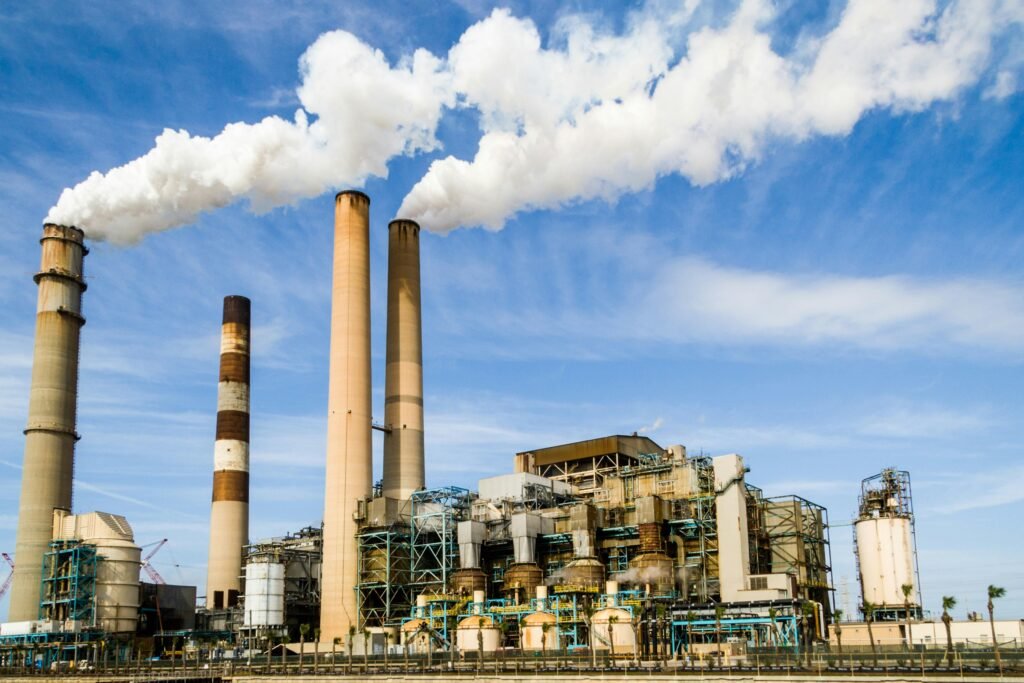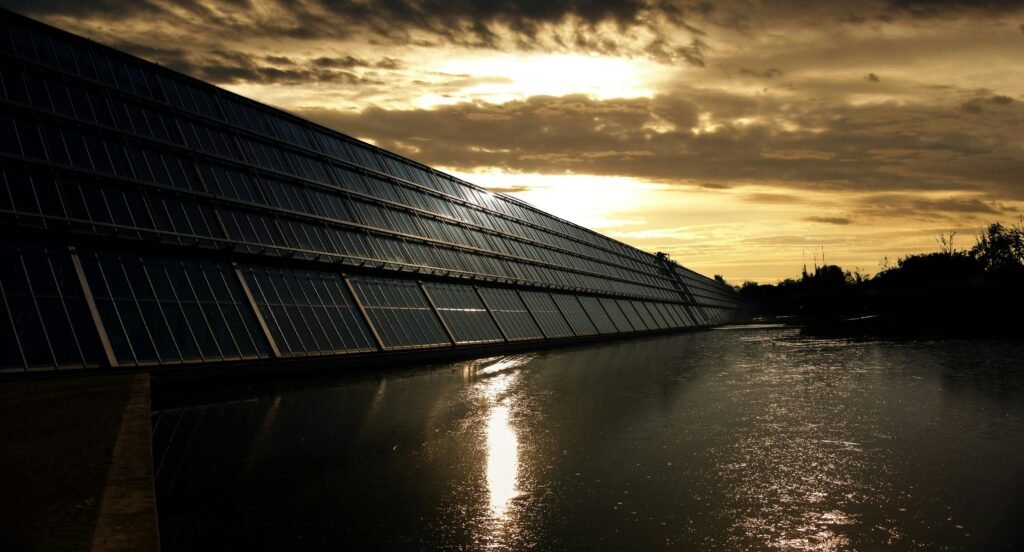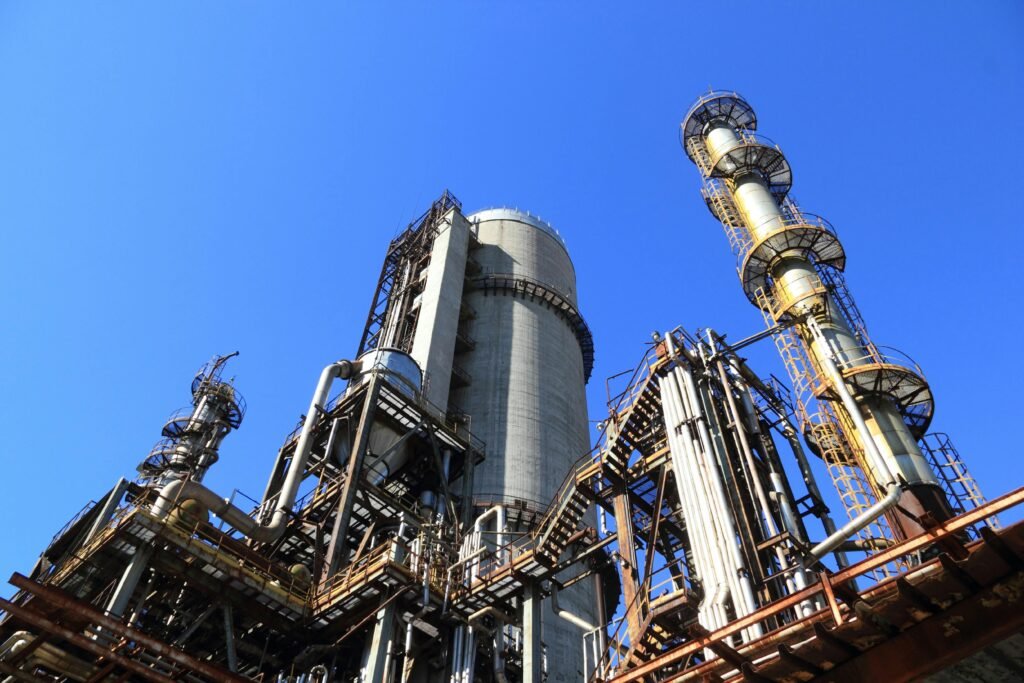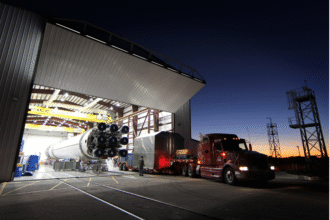\What is Carbon Capture?
Carbon capture and storage (CCS), also known as carbon capture, utilization, and storage (CCUS), refers to a group of technologies designed to capture carbon dioxide (CO2) emissions from large point sources, such as power plants and industrial facilities, preventing their release into the atmosphere. It can also be used to remove existing CO2 directly from the atmosphere. National Grid – What is carbon capture and storage?
The process typically involves three main steps:
- Capture: CO2 is separated from other gases produced by industrial processes.
- Transport: The captured CO2 is compressed and transported via pipelines, ships, or road transport to a storage site.
- Storage: The CO2 is injected into deep underground rock formations (typically 1 km or more below the surface) for permanent storage. Suitable geological formations include depleted oil and gas reservoirs or saline aquifers. Alberta.ca – Carbon capture, utilization and storage – How it works and benefits
Some captured CO2 can also be utilized in various industrial processes, such as the production of plastics, concrete, or biofuels.5 National Grid – What is carbon capture and storage?

The Role of Carbon Capture in Green Technology
Carbon capture plays a vital role in mitigating climate change by reducing CO2 emissions from major sources. The International Energy Agency (IEA) suggests that carbon capture could reduce global greenhouse gas emissions by up to 13% by 2050. Verde AgriTech – The Role of Carbon Capture in Achieving Net-zero Emissions
Here are some key ways carbon capture contributes to a greener future:
- Reducing Emissions from Existing Plants: Carbon capture technologies can be applied to existing power plants and industrial facilities, reducing their carbon footprint. IEA – Why carbon capture technologies are important – The role of CCUS in low-carbon power systems
- Enabling Low-Carbon Hydrogen Production: Carbon capture is essential for producing “blue hydrogen” from natural gas, where the CO2 byproduct is captured and stored. This process can be nearly emissions-free if clean electricity powers the carbon capture facility. C2ES – Carbon Capture
- Decarbonizing Hard-to-Abate Industries: Certain industries, like cement and steel production, have processes that are difficult to decarbonize. Carbon capture offers a way to significantly reduce emissions from these sectors. LSE – What is carbon capture, usage and storage (CCUS) and what role can it play in tackling climate change?
- Supporting Renewable Energy: While renewable energy sources like solar and wind are crucial, they are intermittent. Carbon capture can provide a flexible and reliable power system, complementing renewable energy sources. Verde AgriTech – The Role of Carbon Capture in Achieving Net-zero Emissions
- Potential for Negative Emissions: Technologies like bioenergy with carbon capture and storage (BECCS) and direct air capture (DAC) can remove CO2 directly from the atmosphere, leading to “negative emissions.” Verde AgriTech – The Role of Carbon Capture in Achieving Net-zero Emissions

Environmental Sustainability of Carbon Capture
While carbon capture offers significant potential for reducing emissions, its environmental sustainability needs careful consideration.
- Potential Benefits: Carbon capture can substantially reduce CO2 emissions, a primary driver of climate change. C2ES – Carbon Capture
- Potential Risks:
- The process of capturing carbon can be energy-intensive. RIFS Potsdam – Environmental Impacts of Carbon Capture Technologies
- There are potential risks associated with the long-term storage of CO2, including leakage from underground storage sites. Storegga – Carbon Capture and Storage Risks, Explained
- If not implemented carefully, it could prolong the use of fossil fuels instead of transitioning to truly sustainable energy sources. Climate Impacts Tracker – The Health and Environmental Impacts of Carbon Capture and Storage (CCS)
To ensure the environmental sustainability of carbon capture, it's crucial to:
- Thoroughly assess the risks and side effects of different carbon capture technologies. RIFS Potsdam – Environmental Impacts of Carbon Capture Technologies
- Integrate carbon capture into a broader strategy that prioritizes renewable energy and energy efficiency. PubMed.gov – The environmental and economic sustainability of carbon capture and storage
- Develop robust monitoring systems to ensure the long-term integrity of CO2 storage sites. British Geological Survey – Understanding carbon capture and storage
Finding Carbon Capture Solutions
If you're looking to buy carbon capture systems or find carbon capture solutions, keep in mind that this technology is primarily used for large-scale industrial applications, not for individual consumers. Government incentives and policies often play a significant role in supporting these projects.
While I don't have a database of specific suppliers, here are some general avenues to explore:
- Government Agencies and Research Institutions: Organizations involved in energy and environmental research often have information on carbon capture projects and technologies.
- Engineering and Construction Firms: Companies that specialize in building power plants and industrial facilities may offer carbon capture solutions.
- Industry Associations: Organizations related to specific industries (e.g., cement, steel, power generation) may have information on carbon capture initiatives within their sectors.
Carbon Capture and Other Green Technologies
It's important to remember that carbon capture is just one piece of the puzzle. A truly sustainable future requires a combination of green technologies and strategies. You mentioned First Solar and Canada geothermal technology.
- First Solar is a company that produces solar panels, a key technology for generating clean, renewable energy.
- Canada is actively exploring and developing its geothermal resources, which offer another source of clean and sustainable energy.
These, along with wind energy, energy efficiency measures, and other green technologies, are essential for creating a sustainable energy system and reducing our reliance on fossil fuels.
Do you have any other questions about carbon capture or other green technologies?

Want to Explore More?
Read our latest piece: Green Technologies of the Future: Which Developments Will Save the World?.
Comment below: What’s your take on the environmental cost of green tech?
Tag us on social media using #GreenTechRealityCheck
nature.com+7thenevadaindependent.com+7lithiumharvest.com+7
Have questions or thoughts? Comment below and let us know what more you’d like to learn about green technology—we’d love to hear from you!








